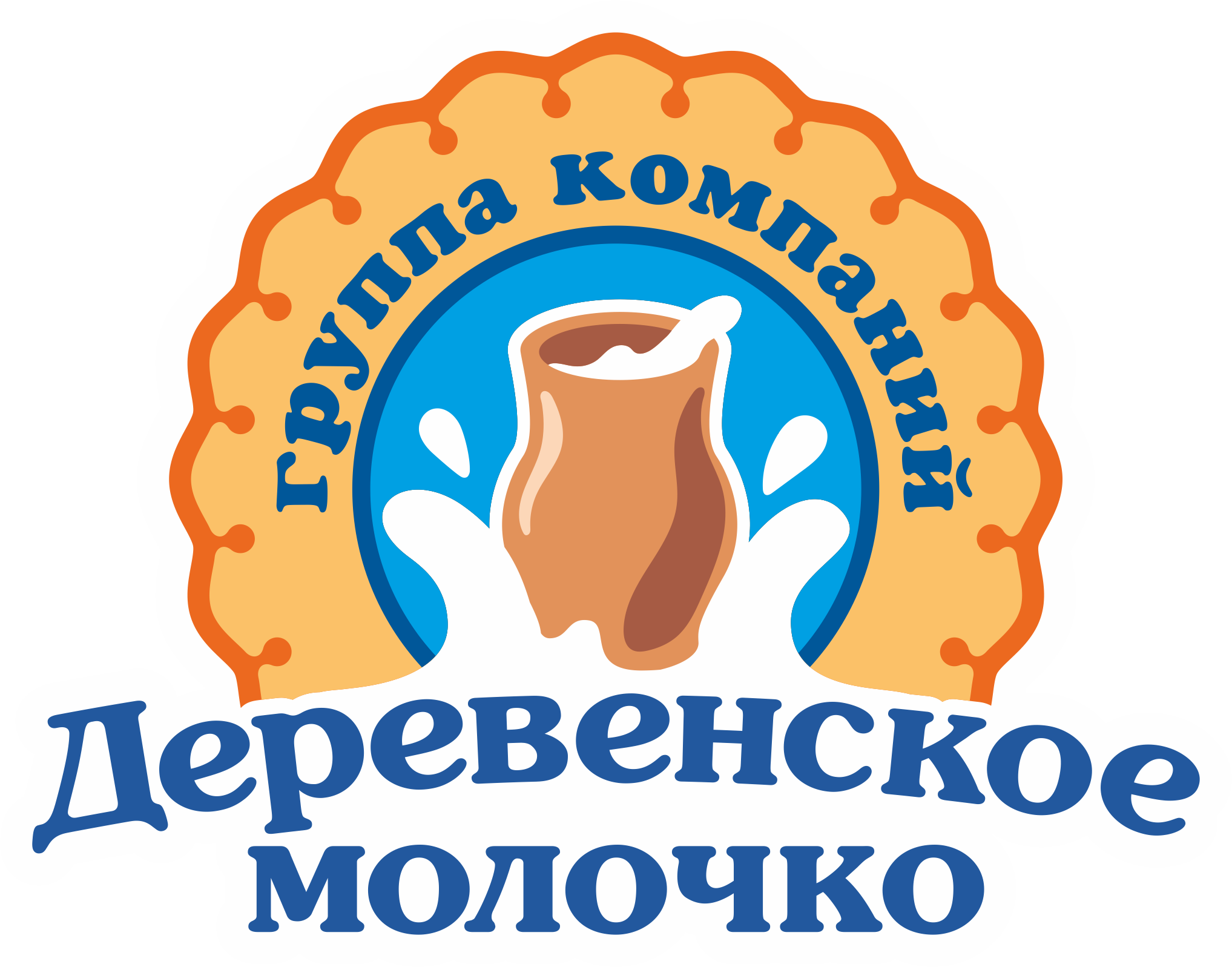

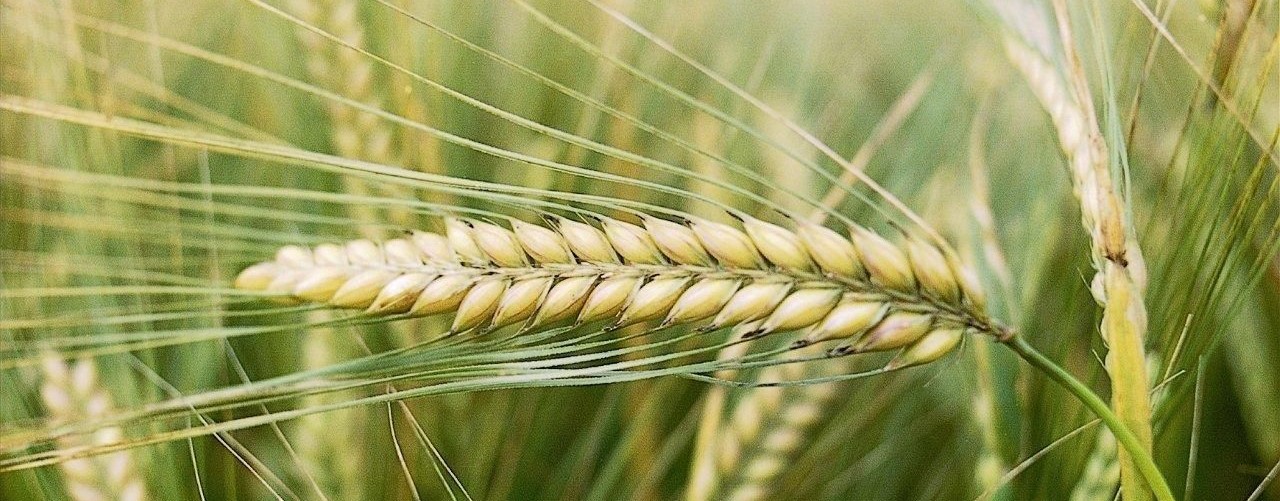
Common barley is a herb, a species of the genus Barley of the Cereals family.
An important agricultural crop, one of the oldest cultivated plants in human history.
Barley grain is widely used for food, technical and feed purposes, including in the brewing industry, in the production of pearl barley and barley. Barley is one of the most valuable concentrated feed for animals, as it contains complete protein, rich in starch. In Russia, up to 70% of barley is used for fodder purposes.
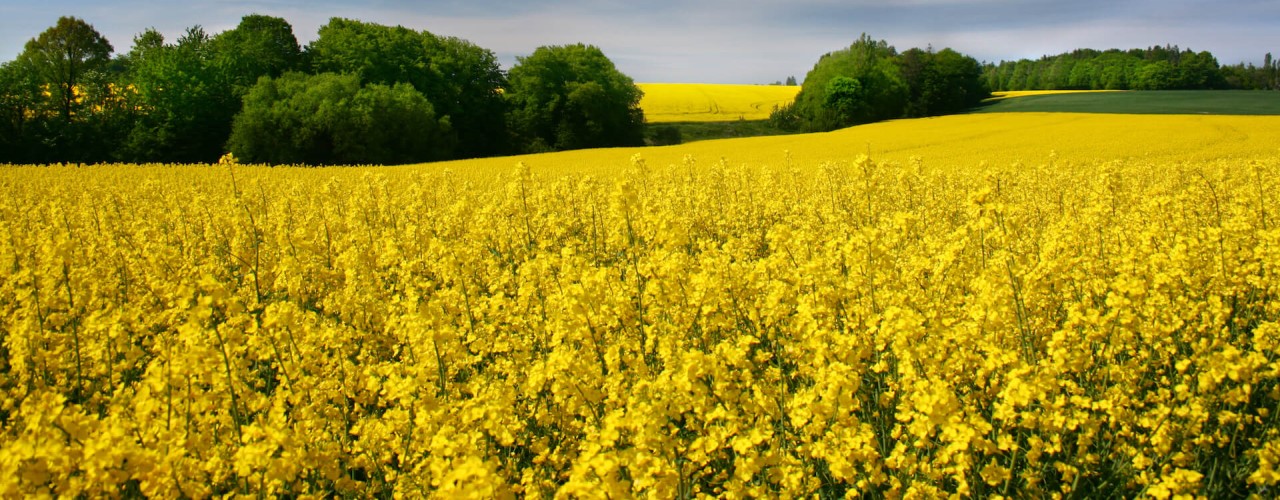
Rape is a species of herbaceous plants of the Cabbage genus of the Cabbage or Cruciferous family. An important oilseed crop; the economic importance of rapeseed by the end of the 20th century increased significantly due to the that it began to be used to produce biodiesel.
Used to make oil. Rapeseed oil is used for making margarine, in metallurgical, soap making, leather and textile industries. The cake contains (in%) protein about 32, fat 9, nitrogen-free extractives 30%; it is a valuable concentrated livestock feed after removal of harmful glycosides. Rapeseed meal is used in animal husbandry as a food base for various feed and premixes.
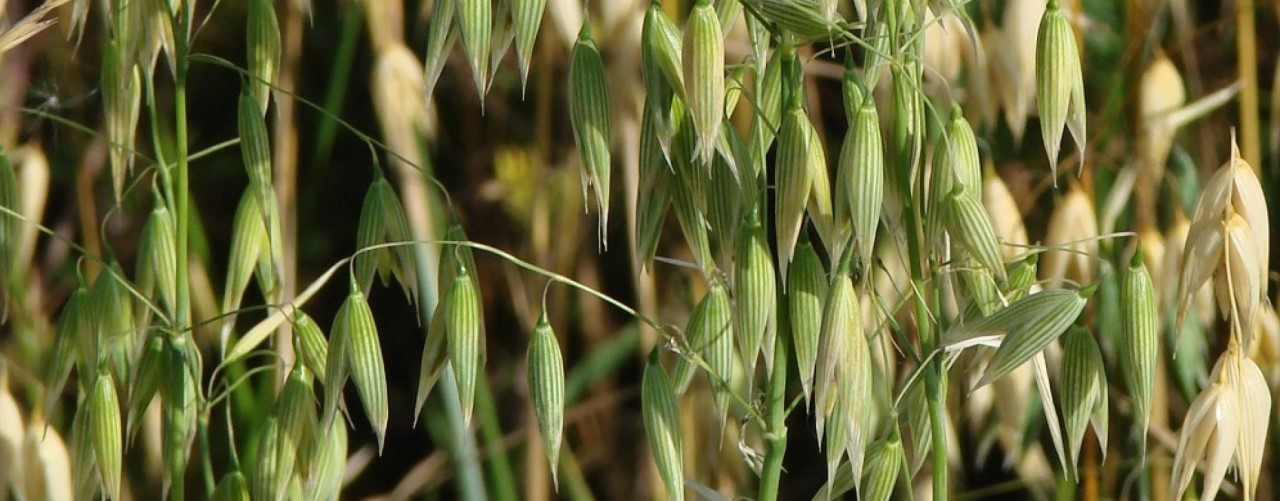
Sowing oats, or fodder oats, or common oats - an annual herb, a species of the genus Oats, a cereal widely used in agriculture.
Sowing oat is a plant that is unpretentious to soil and climate with a relatively short (75-120 days) growing season, the seeds germinate at + 2 ° С, the seedlings tolerate slight frosts, so the culture is successfully grown in the northern regions.
Sowing oats are one of the most important grain feed crops. Its grain contains: protein - on average 10.1%, starch - 36.1%, fat - 4.7%, ash - 3.2%, sugar - 2.35%, vitamins B1, B2. Whole oat grain is an irreplaceable feed for horses, cattle, especially young animals, and poultry. It is highly nutritious: 1 kilogram of oats corresponds to one feed unit containing 85-92 grams of digestible protein. Oatmeal is well absorbed by the body of animals, therefore it is used for fattening young animals. Oatmeal contains up to 7% proteins and over 40% carbohydrates, therefore it serves as a good feed for livestock. 100 kg of oat straw equals 31 feed units.
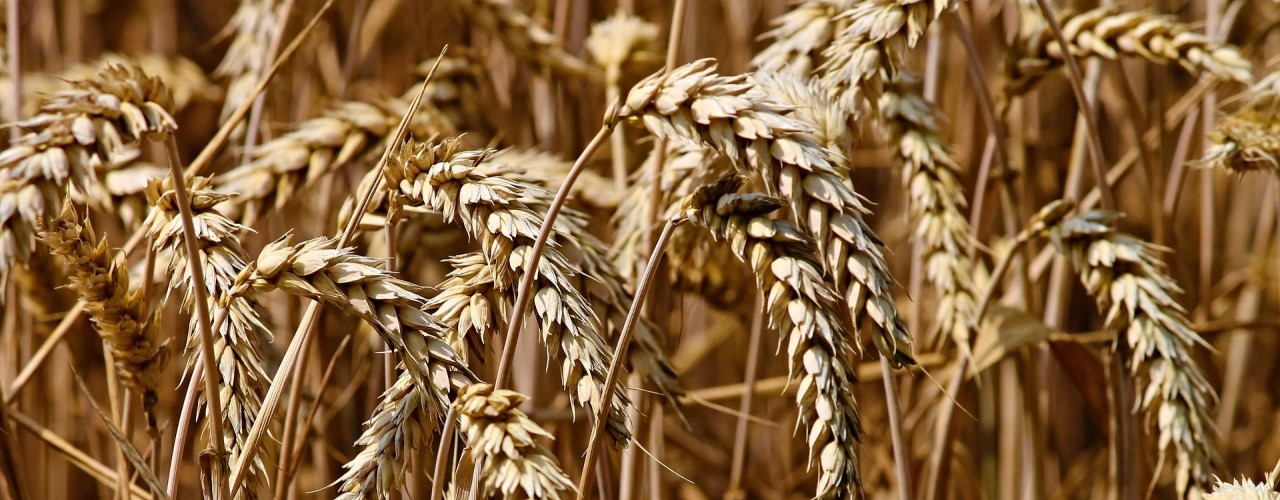
Wheat is a genus of herbaceous, mainly annuals, plants of the Cereals family, or Meatlikovye, the leading grain crop in many countries.
The flour obtained from the grains of wheat is used for baking bread, making pasta and confectionery. Wheat is also used as a forage crop
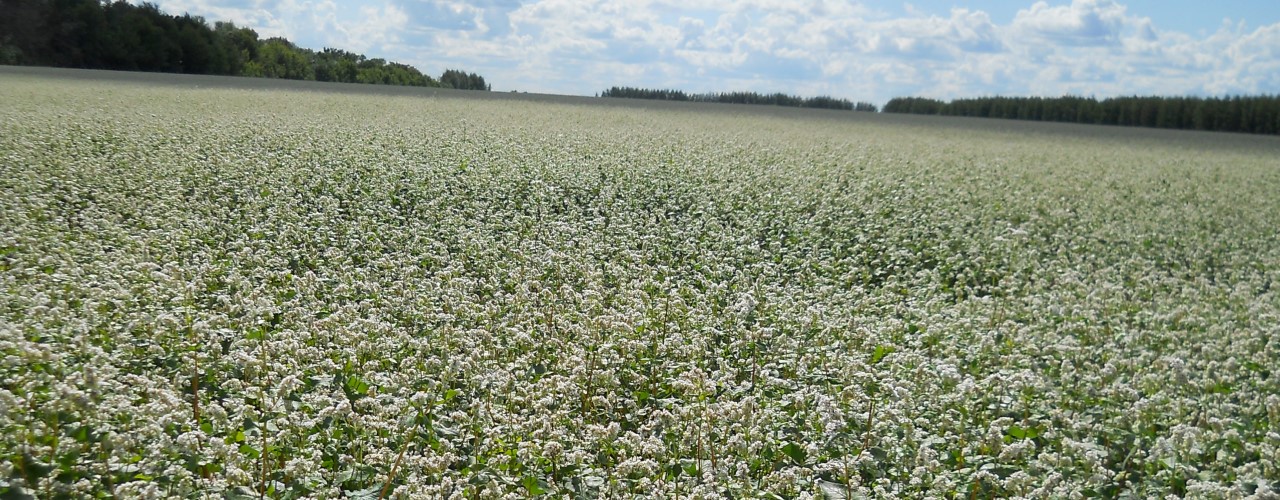
Sowing buckwheat, or Edible buckwheat, or Common buckwheat, is a type of herbaceous plants of the genus Buckwheat of the Buckwheat family, a bread and honey plant.
A cereal grain crop related to pseudo-grain, the seeds are used for human food and partly for animal feed. The seeds are readily eaten by songbirds.
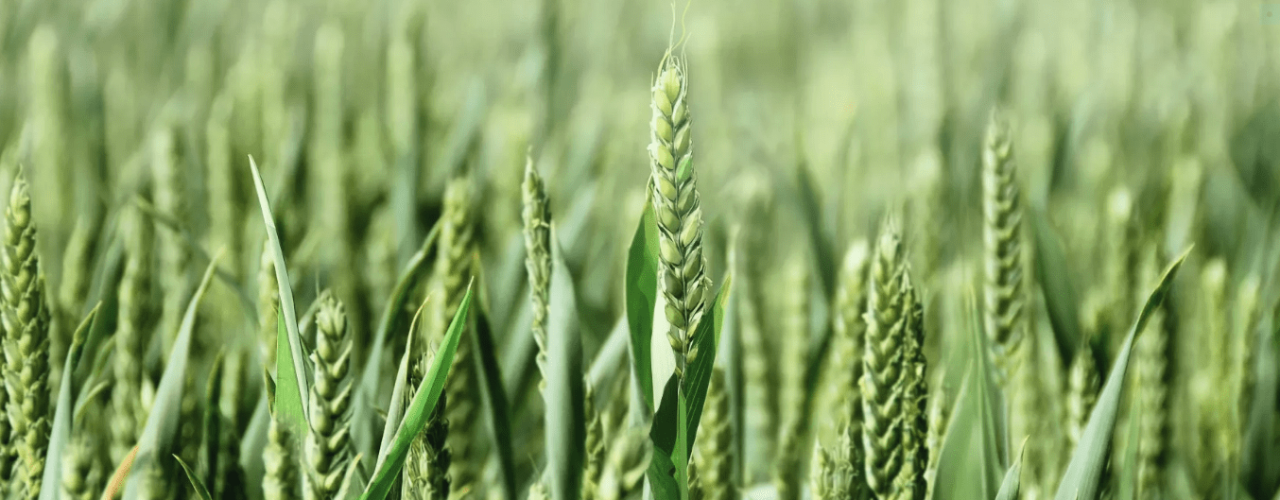
Winter rye is an annual or biennial herb, a species of the genus Rye of the Bluegrass family. Sowing rye is a cultivated plant, it is grown mainly in the Northern Hemisphere.
Winter rye is characterized by sensitivity to planting depth. If the soil moisture is sufficient, then the depth of seed placement does not exceed 5 centimeters; in dry weather, this parameter can be increased by 1-2 centimeters.
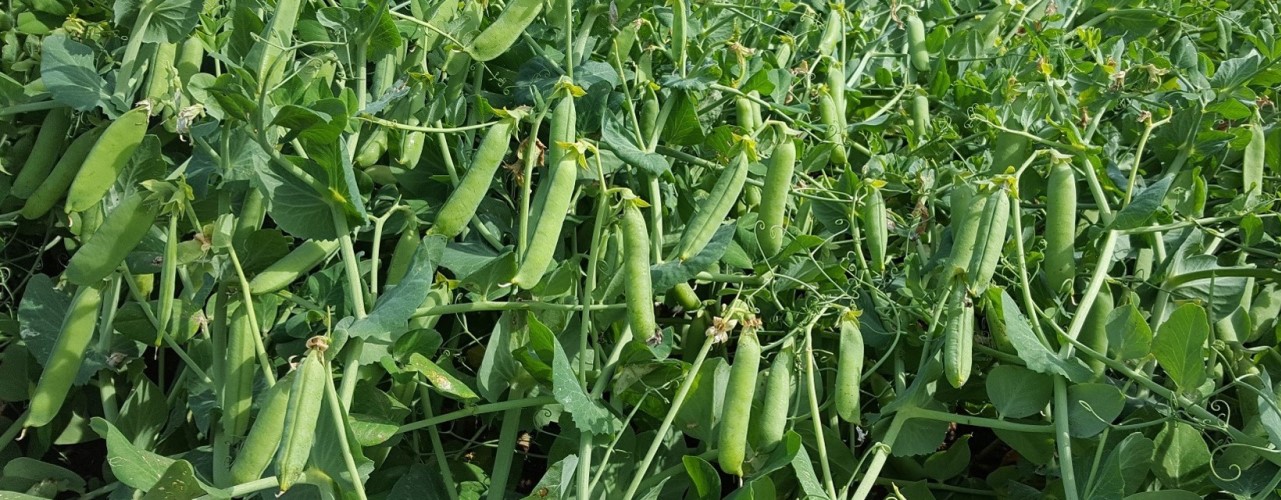
Sowing peas are a type species of the genus peas from the legume family. The most famous and widespread of the pea species. It is widely cultivated as a food and forage plant.
Seed peas as a crop are highly resistant to cold. As for the spring varieties, it can be sown in the fields in spring at temperatures ranging from 2-3 ° C. Winter pea varieties are suitable for sowing in the fall. Average yields range from 18-25 c / ha, however, some hybrid varieties can yield up to 40 c / ha.
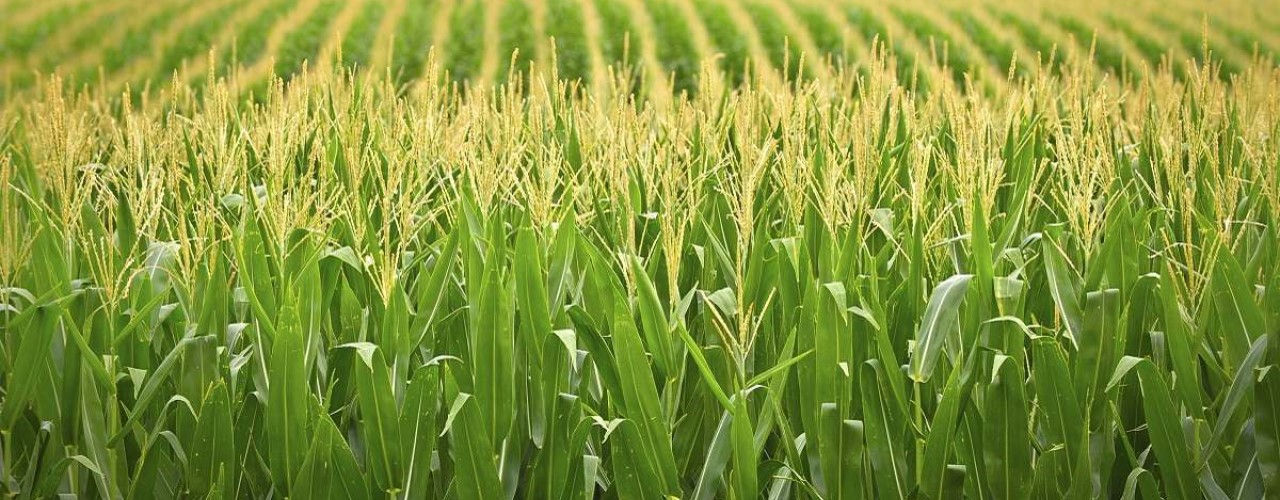
Corn is an annual herb that grows up to 3 meters in height, in rare cases the height of corn can be 6-7 meters.
Sugar corn is a widespread variety of corn, loved by agronomists, which is grown all over the world, except Antarctica. Bushy plants form several cobs, and the developed varieties of corn differ in grains of a wide variety of colors. Ripe, translucent corn kernels, consisting of horny storage tissue, contain a minimum of starch and a large amount of sugars. This cereal is grown for industrial preservation, the forks are suitable for boiling.